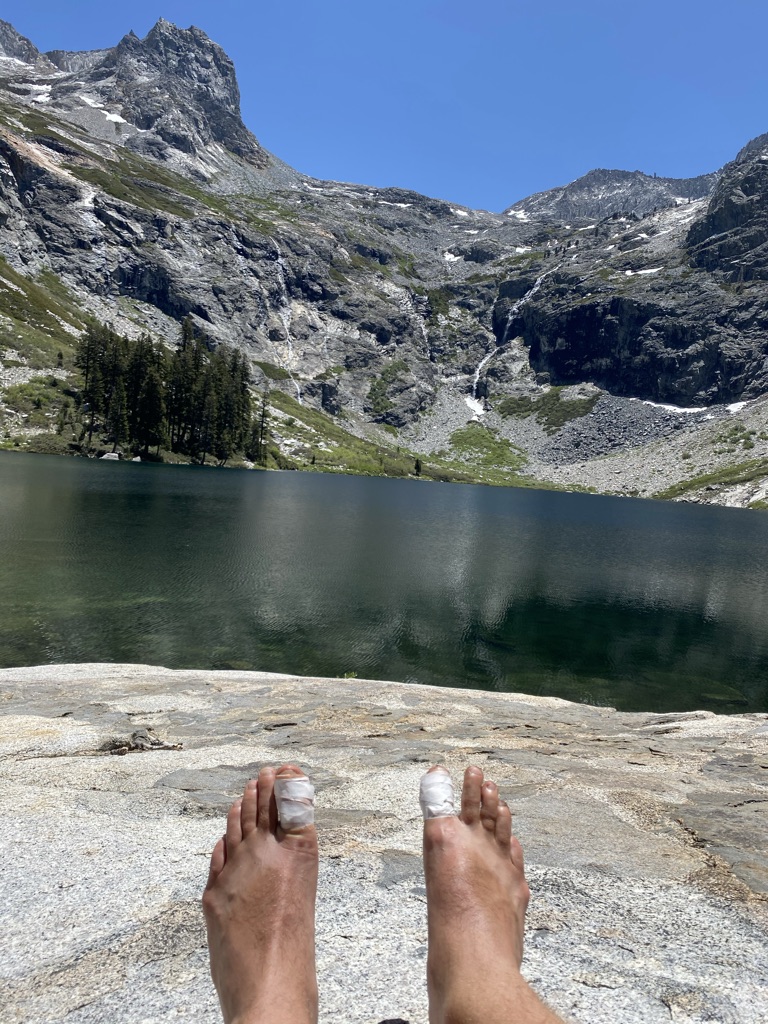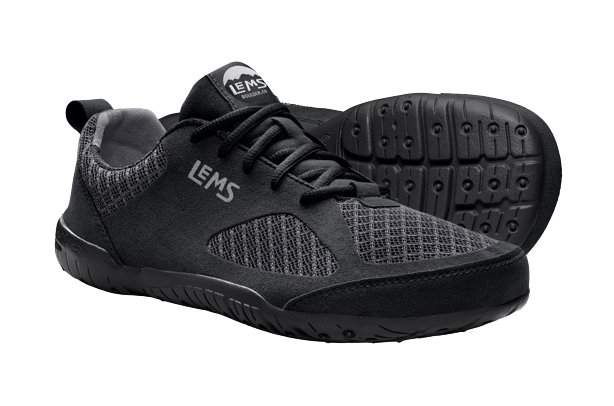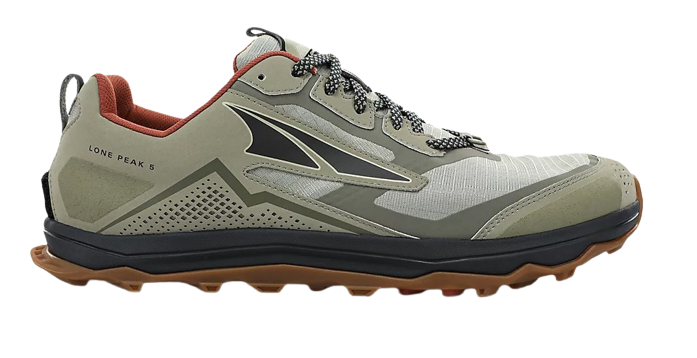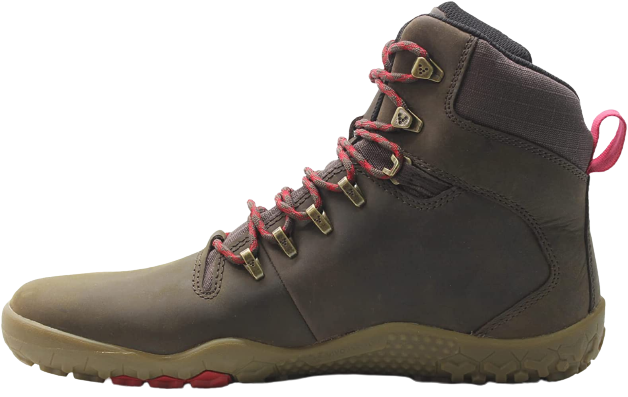This post may contain affiliate links. Please read my disclosure policy found in the “About” section.
As an avid outdoorsman, I’m always seeking improvements to my hiking and backpacking adventure equipment. One piece of equipment in particular has plagued me for years – my hiking boots. Following years of excruciating pain, I finally became fed up with traditional hiking boots and set off to discover a better solution. After extensive research, I came across the incredible benefits of zero drop, barefoot style shoes, and it revolutionized my outdoor experience forever.

Discovering Liberation through Minimalist Footwear
After what should have been one of the most incredible experiences of my life backpacking to Mount Whitney, I found myself 1 day, 15 miles in and trebling with pain from numerous blisters. Fortunately (or unfortunately) I wasn’t alone, and my companion similarly experienced pain throughout what should have been a purely bliss-filled trip. In short, we were both on a mission to find better shoes following our trip.
Now picture this: I stood at the trailhead of our next adventure, lacing up my zero drop, barefoot style shoes for the first time. As I took my initial steps, an extraordinary sense of liberation enveloped me. Unlike the confinements of traditional hiking boots, these shoes allowed my feet to move freely, creating a connection to the natural world beneath me. With each stride, I felt the ground beneath my soles, heightening my awareness of the terrain and instilling a newfound sense of balance.
Some of Our Favorites

Best For: Every day use, light hiking, short run (wide toe box, zero drop, barefoot style)
Available for $110 on Lems’ Website

Best For: Backpacking, hiking, trail running (wide toe box, zero drop, more structure/cushion)
Available for $112.50 on Campmor

Best For: Backpacking, hiking (wide toe box, zero drop, barefoot style)
Available for $168 on Amazon
Strengthening My Feet and Body
One of the most remarkable benefits I experienced was an improvement in foot strength and flexibility. By wearing zero drop shoes, my feet were no longer confined to the rigid structures of traditional footwear. Instead, they were encouraged to move naturally, engaging the muscles and tendons in a way I had never experienced before. Over time, this led to enhanced foot strength, stability, and a greater range of motion. The transformation was profound, enabling me to tackle challenging terrains with greater ease.
Unparalleled Comfort and Reduced Joint Strain
Traditional hiking boots often come with cushioned soles that offer temporary comfort but can lead to long-term joint strain. In contrast, zero drop, barefoot style shoes provide a unique level of comfort through their minimalist design. While the soles may appear thin, they allow for a more natural distribution of impact forces across the foot, reducing stress on joints such as knees and hips. As a result, I found myself trekking for longer distances without the discomfort I used to associate with hiking.
Embracing My Natural Movement
Walking in zero drop shoes felt like a revelation. With their flat soles and unrestricted design, these shoes allowed me to adopt a more natural walking style. Gone were the days of over-striding and forcing an unnatural gait. Instead, I walked with a renewed sense of freedom, letting my feet move instinctively and embracing the biomechanics nature intended. The result? Improved efficiency, reduced strain, and a profound connection to the rhythm of the trail.
Unforgettable Adventures Await
Embracing zero drop, barefoot style shoes has truly transformed my hiking and backpacking adventures. From traversing rocky terrains to trekking through lush forests, these shoes have become my trusted companions. They have not only elevated my physical performance but also deepened my connection with nature. I feel more attuned to the environment, more aware of my body’s capabilities, and more in tune with the very essence of the wilderness.
Important Considerations for a Smooth Transition
While the benefits of zero drop, barefoot style shoes are undeniable, approaching the transition thoughtfully and considering potential downsides is crucial.
- Gradually build up your use of minimalist shoes to allow your body to adapt to the new movement patterns. Start with short periods and low intensity, increasing progressively.
- Prioritize foot conditioning exercises to strengthen your feet. These may include toe spreads, ankle mobility drills, and foot stretches. Seek guidance from a medical professional if needed.
- Consider how the specific trail conditions may impact your experience. Minimalist shoes provide little protection on rugged terrain, uneven ground, or in harsh weather. Hybrid or more protective minimalist shoes may be better options in some situations.
- Each person’s feet and biomechanics are unique. Listen to your body and make adjustments as needed. Consulting a podiatrist or physiotherapist can provide tailored guidance.
Minimalist footwear can transform your hiking and unlock many benefits. However, a gradual transition and considerations around foot conditioning, trail conditions and individual factors are important for an optimal experience. Lace up, get outside, and discover a new dimension to your outdoor pursuits. Your feet and body will reap the rewards of this natural approach.
